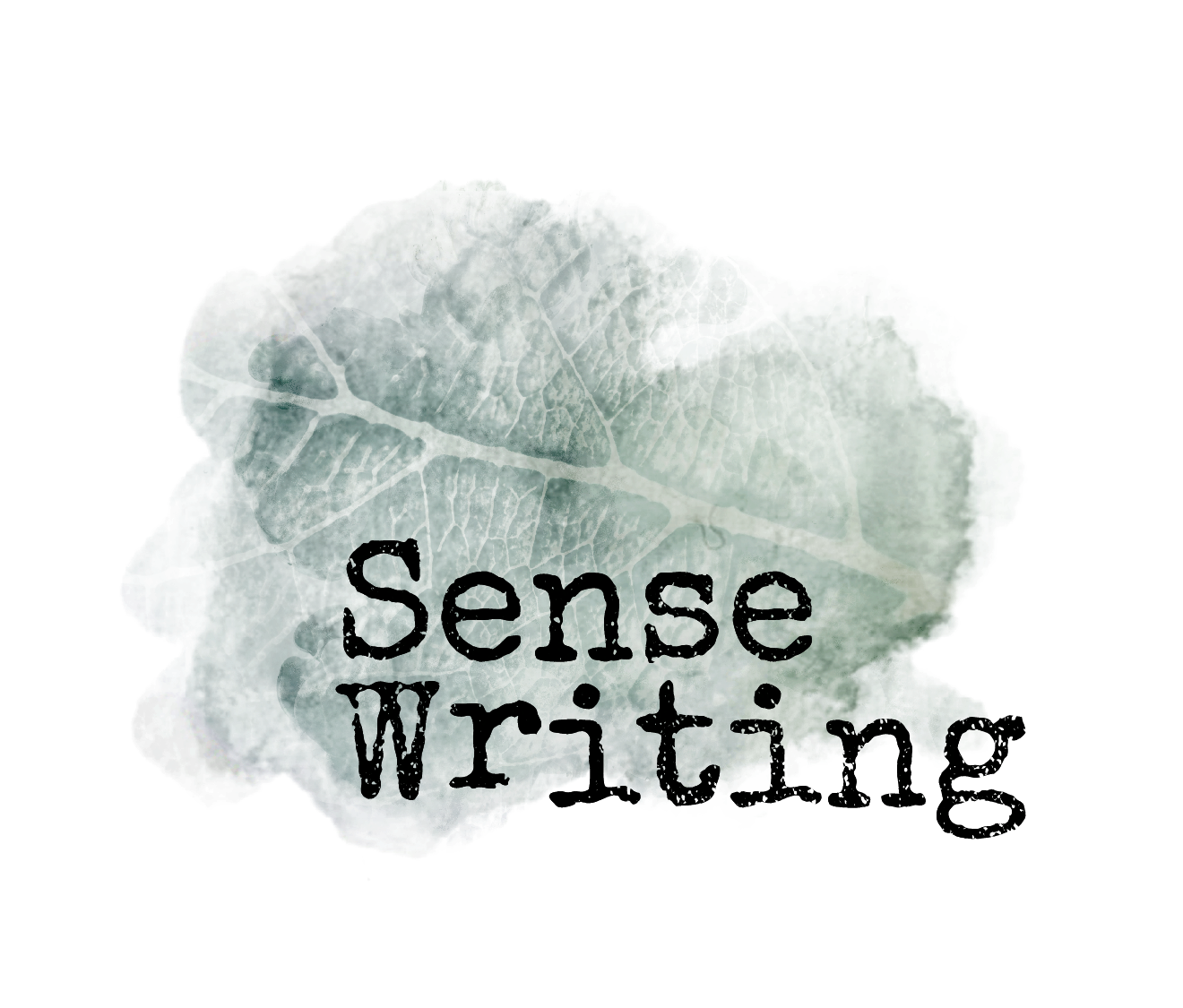In this series, we’re exploring the process (and the point) of growth and creativity in times that feel unhinged and uncertain — that makes us ask the question: what is art even for?
It got me thinking about the story I shared last week about Jenny Holzer’s marquees in Times Square, which surprised me as a young adult visiting home. I was used to the Times Square of my high school days, full of seedy theaters and streets I had been warned away from. But in wandering toward the edges of the forbidden and unknown, I honed my intuition through this process of venturing out, then going home to dinner.
This oscillation between the foreign and the familiar, exploration and safety, is the growth process of a teenager out in the world — and also in many ways the creative process for us as artists.
But what’s the alternative when “home” doesn’t feel clear or easy to find or all that safe?
The “High” of the High Road
As adults these days, we might not feel a lot like exploring. The world has already come too far into our homes and minds. And as a natural response to feeling so porous and powerless, we:
Feel despair
Try to hold it together, clinging to the illusion of normalcy
Or try to “rise above it all” and take the high road
I’ve written a lot about the first two in past series, and how feeling despair or clinging to normalcy can drown out our inner voices and keep us separated from our urge to create.
But today, I want to talk about what seems like the pretty good response — taking the high road — and how it can end up leading us away from what we’re actually seeking.
At first, the high road can feel really good when we’re overwhelmed or confused. It’s invigorating to feel like you’re making the right choices, protecting your values. Clarifying what you believe in. Deciding where you stand. It’s galvanizing to find yourself walking energetically on a path amongst peers.
For me, as much as the high road can feel like a necessity, it can also be a way away from something else: moral ambiguity. An answer to binary questions that keeps my hands clean and my head clear.
And that can feel kind of narrow. Especially for artists. And when we find ourselves in a crossroads where language and expression are either “good” or “bad,” we lose the expansiveness that is our medium as artists and writers.
We lose our own mutability and magic.
The High Road is Often Far from Home
On the high road, our connection to the infinite is replaced by self-consciousness. We get stuck in performative language (and thoughts) that separates us from ourselves.
Especially now, when language is so loud and so ubiquitous, our inner voices are getting lost.
It’s like we can’t tune the receiver to ourselves without interference.
What we’re left with are easily accessible slogans, made to be seductive. They can feel clear and invigorating.
But what they really do is sever us from our own impulses and our bodies.
When this severance becomes the norm, slogans feel like a shortcut away from too much noise. But the shortcuts don’t usually lead to where we actually want to go.
Instead, they can leave us stranded somewhere we don’t even know — where we might feel good (with a capital G), but where the words coming out of our mouths aren’t even ours, and we’re left without a clear path back home to ourselves.
As artists, we crave an intimate dialogue with ourselves. But how do we get there?
I’m glad you asked:
The Road Back Home is Art
In the next blog, we’ll talk about the road back. How it's full of texture and empathy (which are really the same thing), and we’ll visit an inspiring and surprising example of how these elements come together not just in art, but in science.



